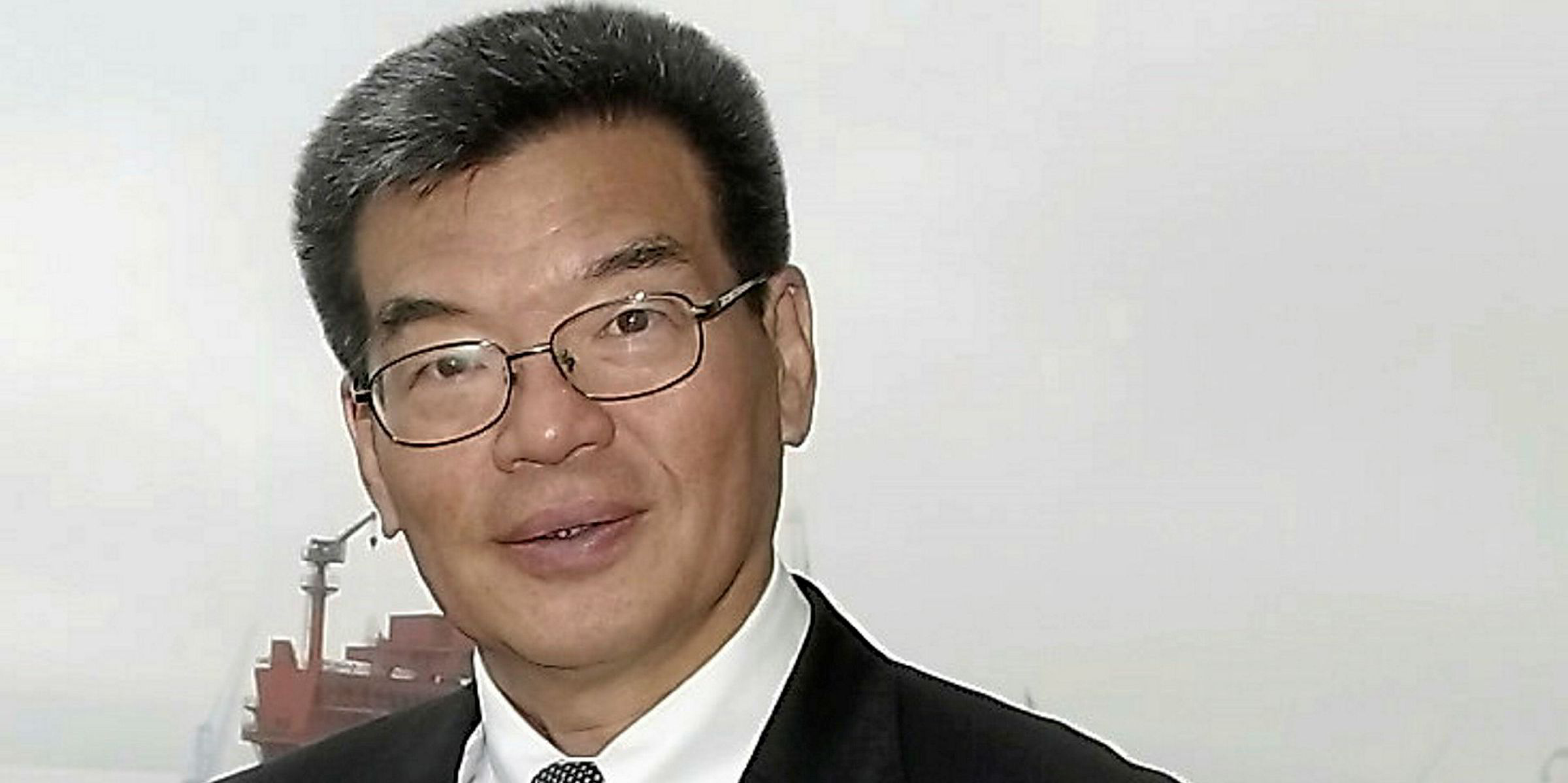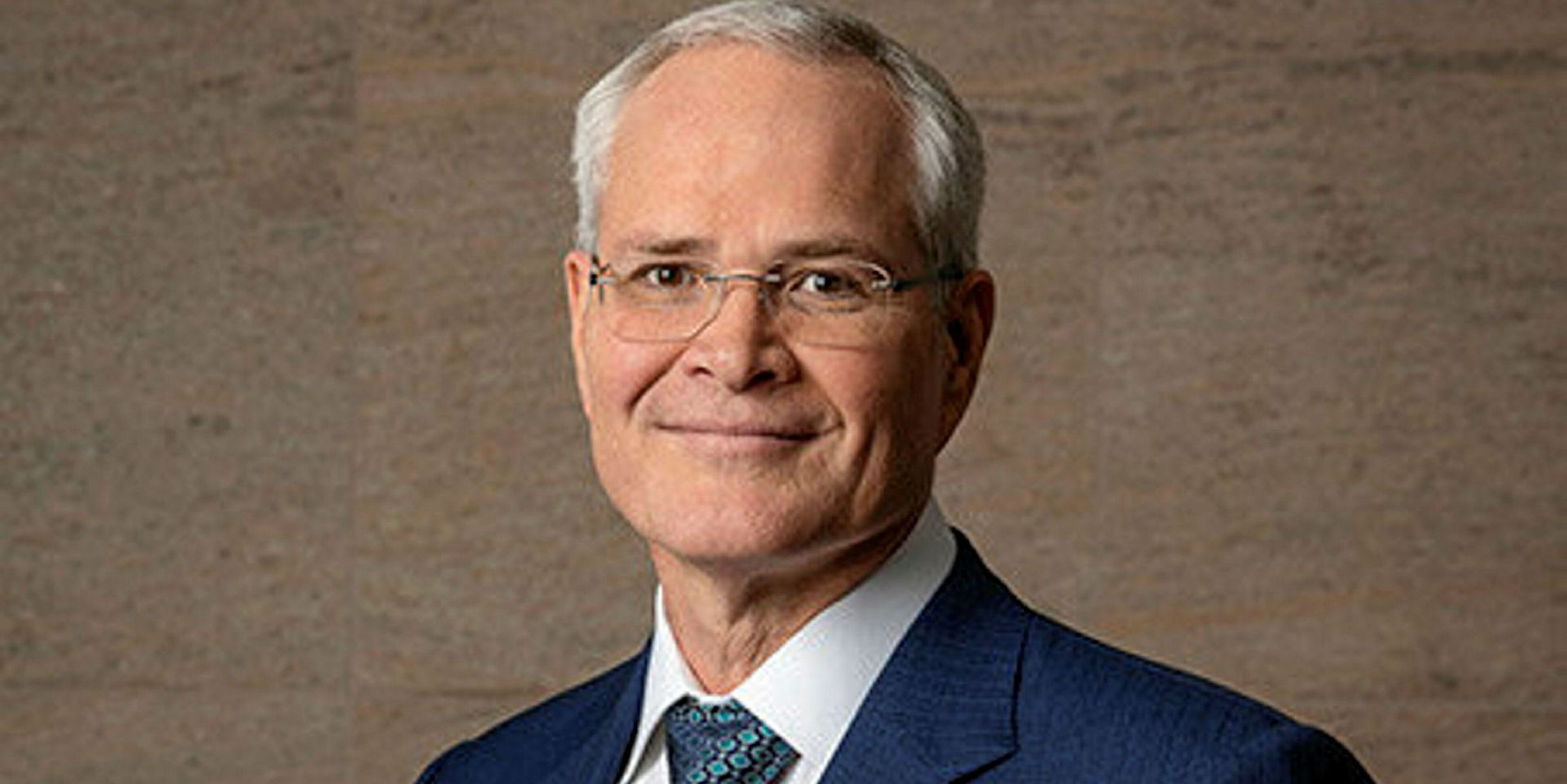South Korea’s largest shipbuilder, Hyundai Heavy Industries, expects a surge in demand for newbuilding orders as the market turns into 2020, and is seeing increased interest in LNG-fuelled vessels.
Speaking to TradeWinds at the Gastech meeting in Houston, HHI president Sam Ka said many shipowners have been adopting a “wait-and-see” approach.
Ka “definitely” expects an increase in orders and demand for LNG-fuelled ships as the IMO’s 2020 deadline becomes a reality.
The yard has four LNG-fuelled capesize bulkers on order for H-Line, which has contracted them against charters to South Korean steelmaker Posco. HHI has also delivered six LNG-fuelled crude aframax tankers to Sovcomflot.
“We are now trying to contract some VLCCs with LNG as a fuel as well,” Ka said, without naming the parties involved in the discussions.
TradeWinds reported this month that Capital Maritime & Trading has signed a letter of intent with HHI for 14 LNG-fuelled VLCC newbuildings worth more than $1.5bn, comprising 10 firm 300,000-dwt dual-fuel newbuildings and four options.
The ships are priced at around $110m each, with delivery dates from the second half of 2021.
“I think for the VLCC side there will be more demand,” Ka said. However, he said not many slots are available for these newbuildings because they take several months longer to construct.
While exhaust gas emission scrubbers are talked about in terms of payback on investment of three to five years, LNG-fuelled vessels offer a payback period over the 15 to 20-year lifetime of the ship, he added. “So in that sense, it is not that expensive.”
Shipbuilders, owners and potential energy major charterers have been deadlocked over price negotiations on LNG-fuelled VLCCs, with a yawning gap between what companies such as Shell and its charterer owners have said they need and the price the yards claim they can build at.
Ka said HHI has been trying to lower its price on the new breed of VLCCs, but most of the higher figure is due to material costs, which are not easy to reduce.
“We should more think about the long-term environmental issues,” he said. “The IMO is trying to advance the reduction of CO2. Gas burning is, so far, one of the best solutions compared to others.”






